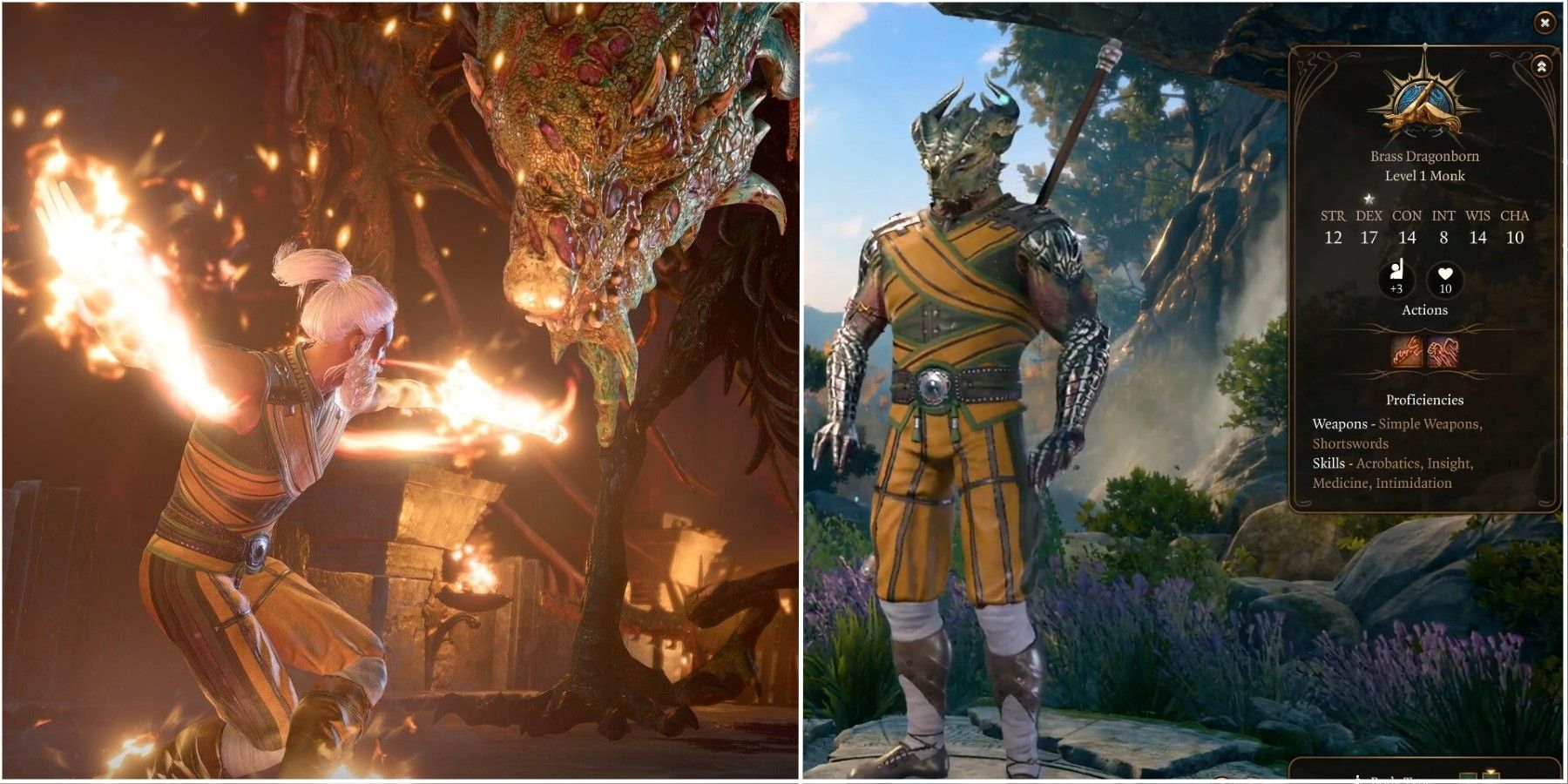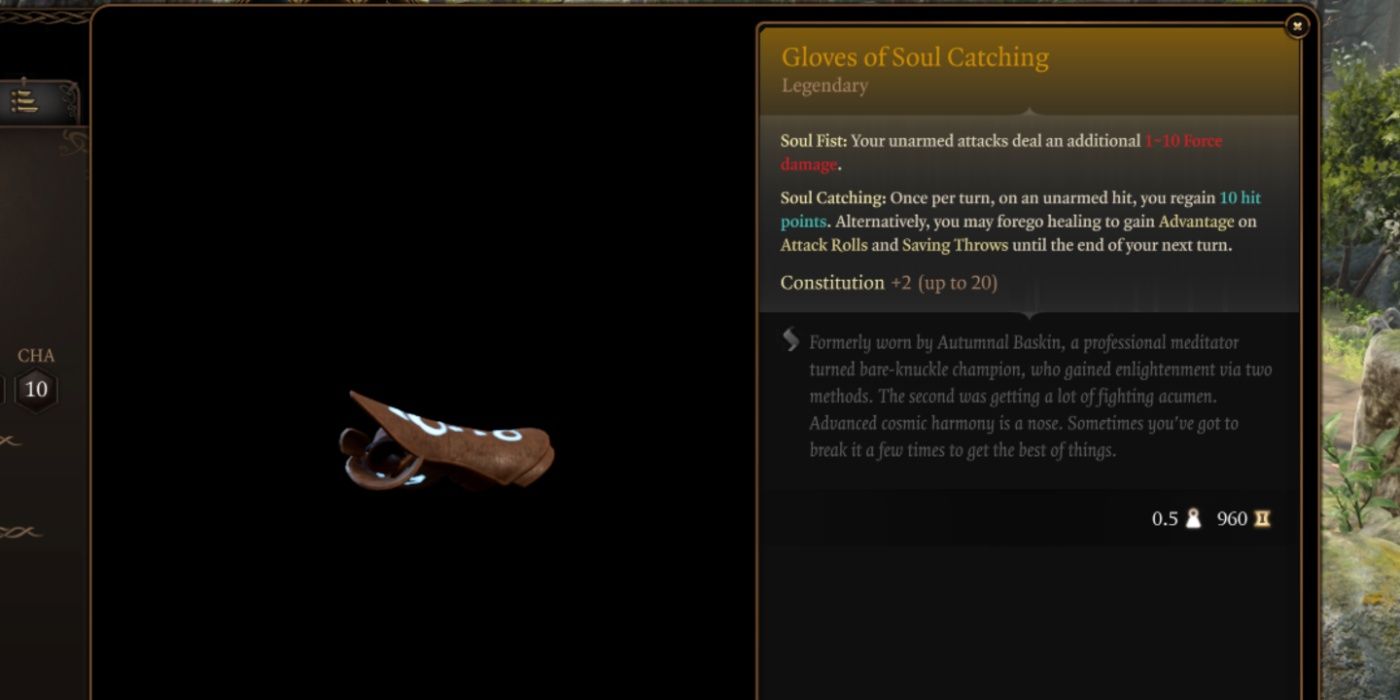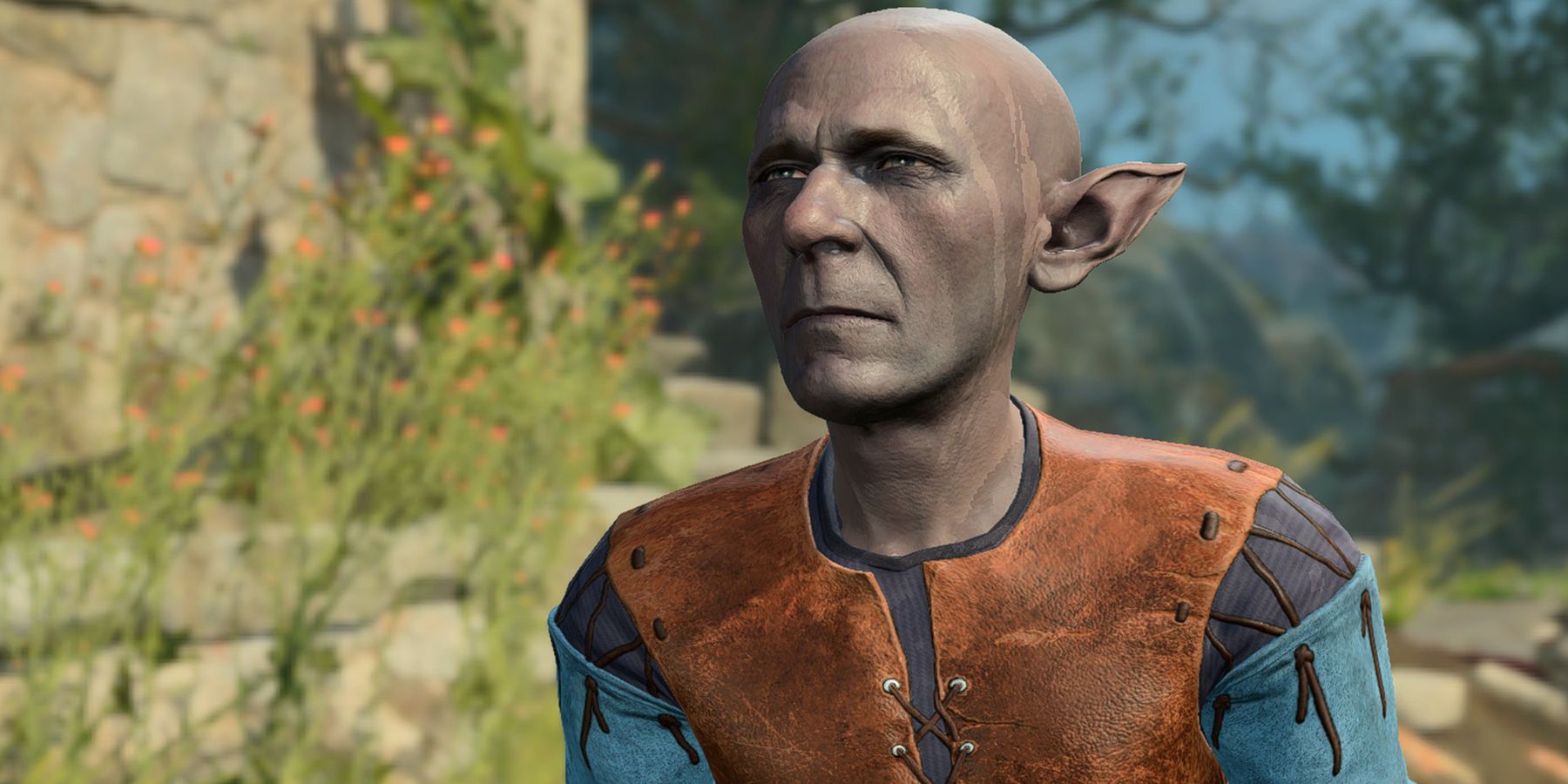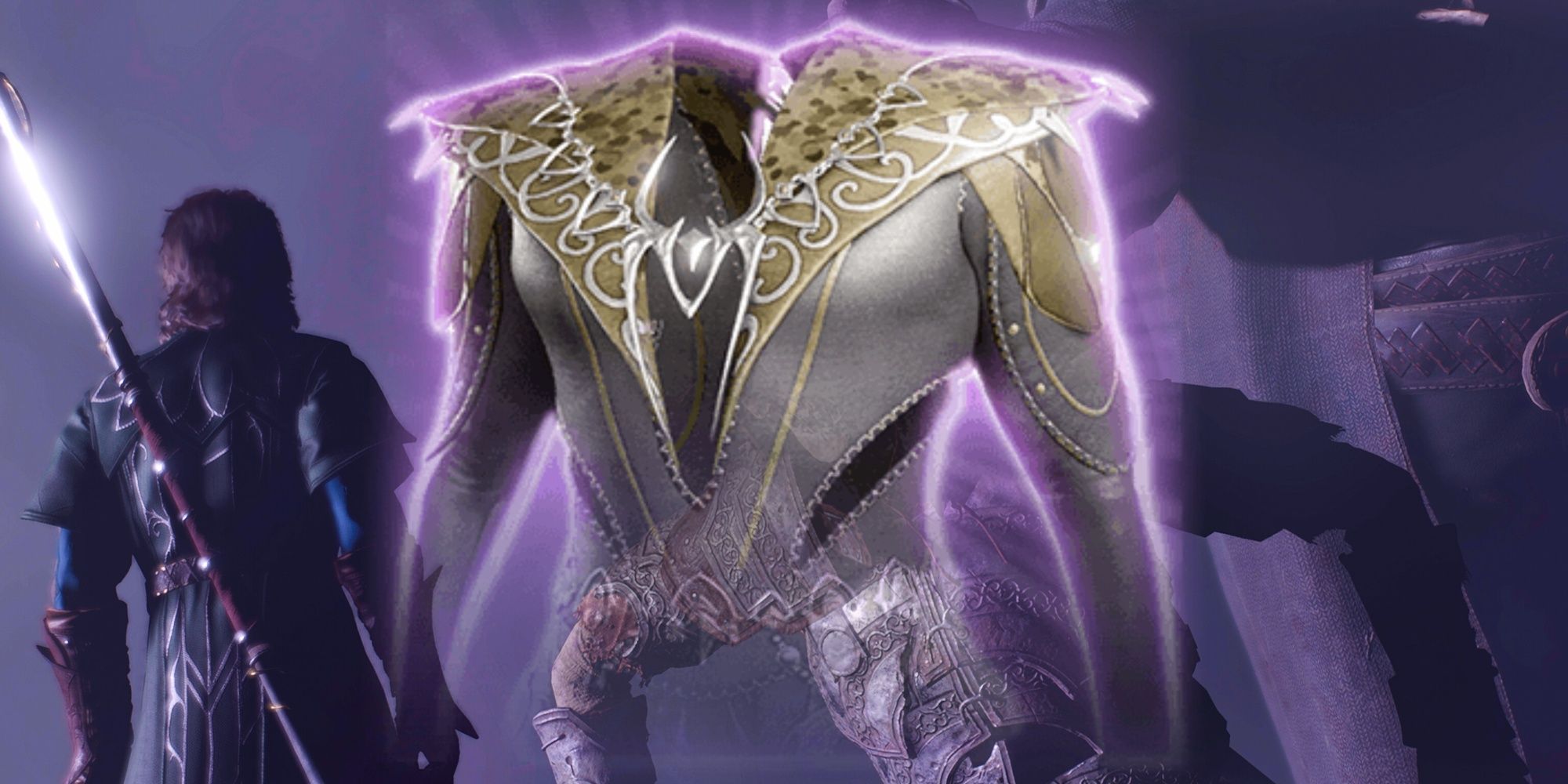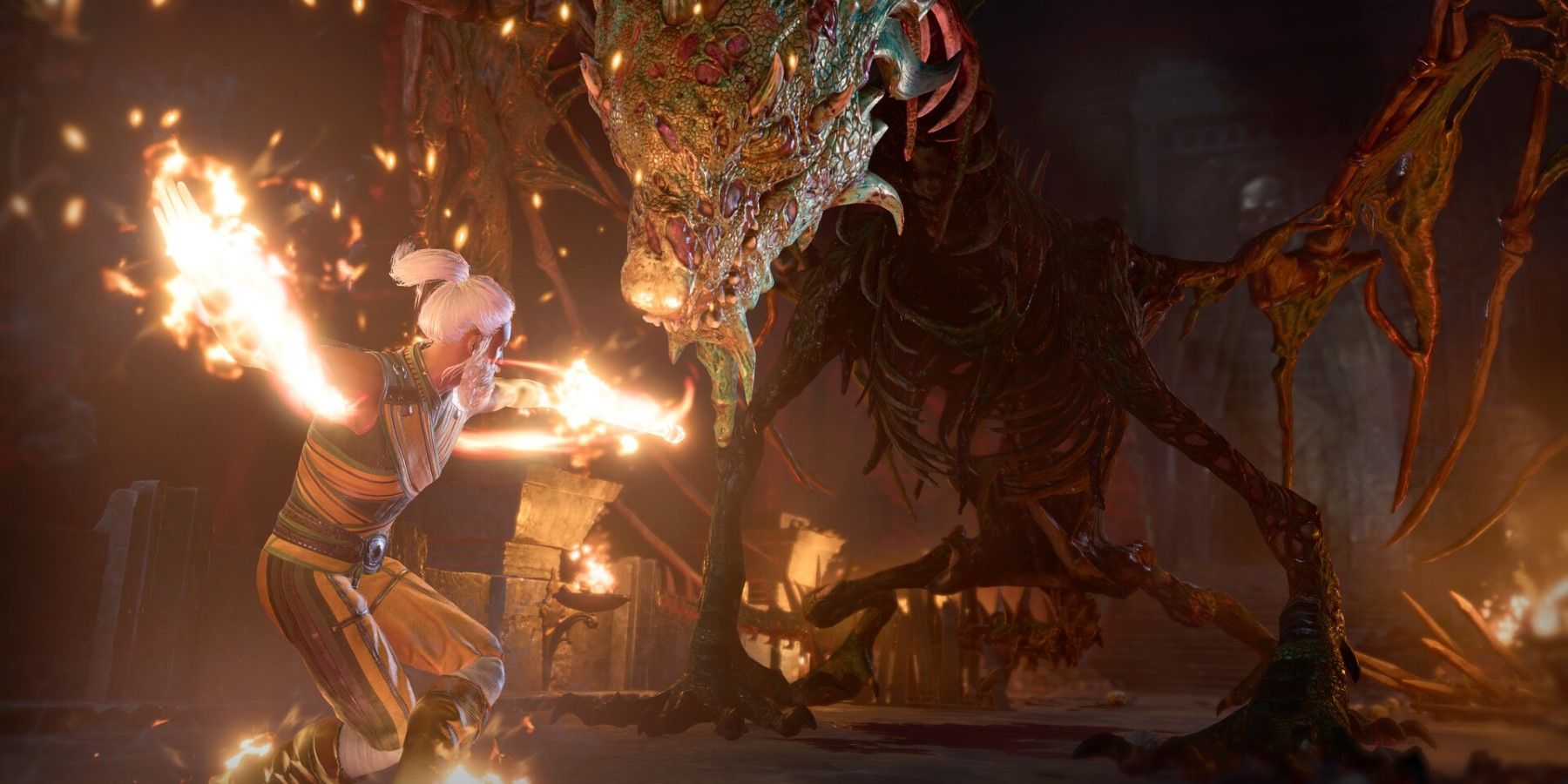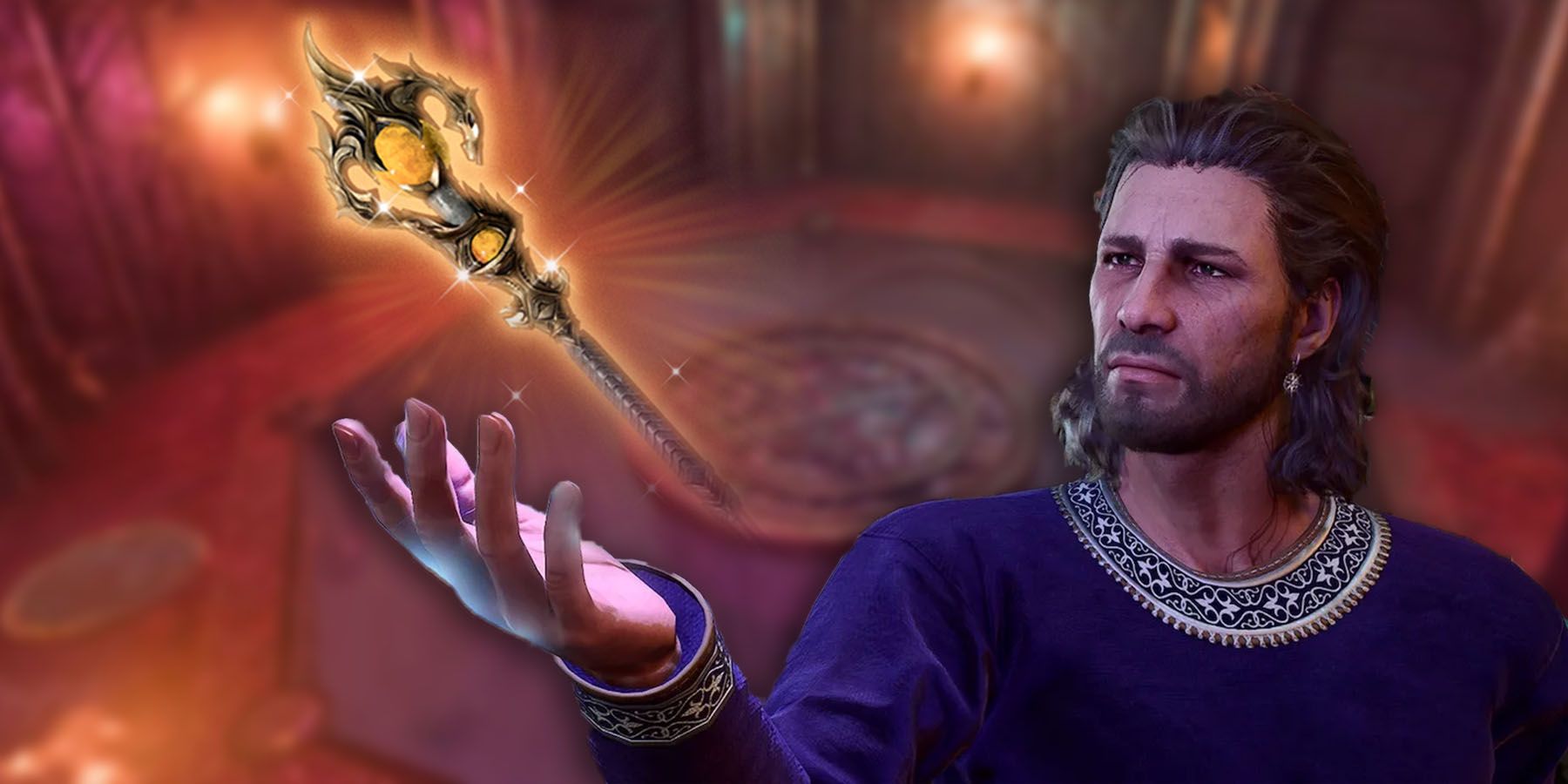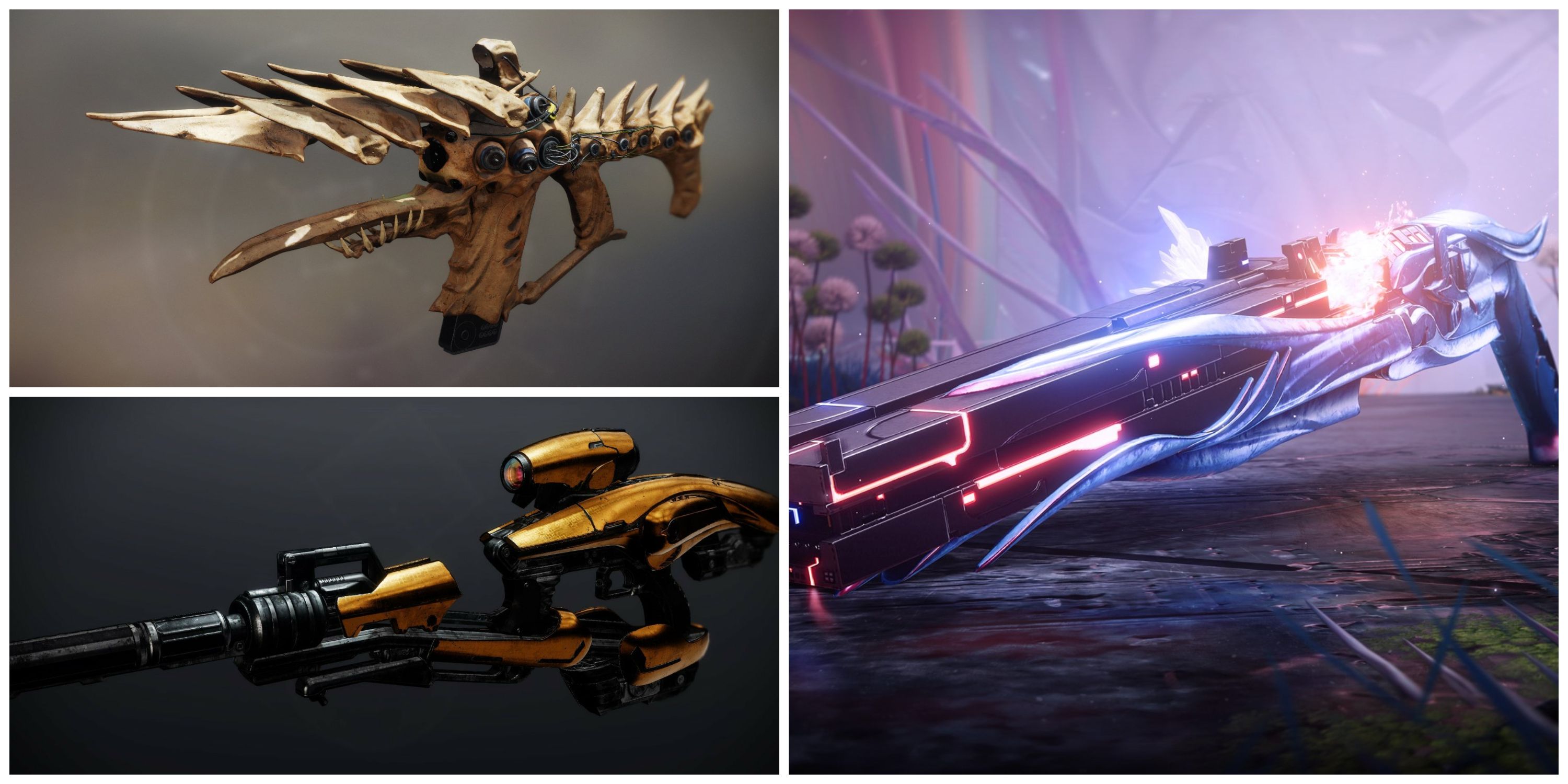In Baldur’s Gate 3, each of the classes allows players access to different abilities that will prove useful in their adventure. The Monk is a hand-to-hand combat class that enhances its capabilities by using Ki, the Life Energy found in all things. Each of the Monk’s subclasses utilizes Ki differently and gains different special abilities to use in combat and when exploring the world.
Baldur’s Gate 3 offers three subclasses for the Monk. The Way of the Open Hand focuses Ki to disrupt enemies and strengthen the Monk, able to modify their “Flurry of Blows” and weaponize the Ki within other creatures to destroy them from within. The Way of Shadow Monk uses Ki to become a master of stealth, manipulating shadows to blind foes and silence spellcasters or even to step through shadows and deliver a blow that strikes a creature’s mind. Finally, The Way of the Four Elements allows them to focus their Ki into elemental magic, blanketing their foes with fire and lightning or obstructing their foes with ice.
Updated on the 17th of June, 2024, by Thomas Hawkins: Now that Baldur’s Gate 3 has been out for a while and players have tracked down all of the best magic items, it’s important to re-examine each subclass and consider the gear that works best for them. This guide has been updated to include suggestions for Act 3 Equipment that enhances each of the subclasses, with appropriately labeled sections to help players avoid spoilers while reading the guide.
The Way of the Open Hand
By choosing The Way of the Open Hand at level 3, the Monk immediately gains three new Flurry of Blows variants. These allow the Monk to rob a foe of their reactions, push them back, or knock them prone when performing their Flurry of Blows. At level 6 they gain three “Manifestation” skills: Body, Mind, and Spirit. These allow the Monk to add Necrotic, Psychic, or Radiant Damage to their strikes, allowing them to deal additional damage and exploit the weaknesses of certain foes. This is also the level where they gain “Wholeness of Body”, allowing them to spend an action to heal and regain half their Ki Points.
At level 9, the Way of the Open Hand Monk will gain Ki Resonation. This allows them to strike a foe with an attack that causes their Ki to resonate with that of the Monk as an Action or Bonus Action. Afterward, they can use Ki Resonation: Blast to detonate a foe whose Ki is resonating for 3d6 Force damage, which also hits all foes within 5m of the creature. Finally, at level 11, they gain Tranquility. This gives them the benefits of the Sanctuary spell after taking a long rest, preventing foes from targeting them until they attack or otherwise harm a creature.
Equipment & Multiclassing
When running a pure Monk, without dipping into any other classes, The Way of the Open Hand is probably the strongest option available. Their manifestations allow them to dish out tremendous damage and exploit enemy weaknesses, with Psychic damage, in particular, being very rarely resisted. Radiant damage proves invaluable during Act 2, where undead and other dark creatures are prevalent, and Necrotic damage is typically useful against anything that isn’t dead. By collecting Radiant Orb equipment during Acts 1 and 2, players can impose an attack penalty on enemies simply by striking them with Radiant damage and further amplify the Open Hand Monk’s defensive abilities. As with all Monk variants, the Kushigo Item Set will also prove highly effective.
Act 3 Equipment (Act 3 Spoilers)
In Act 3 you can pick up the pieces of the “Soul” armor set, which is designed for Monks and can be an excellent late-game choice. The Mask of Soul Perception (found in a Locked Chest, in Helskir’s Room, on the upper floor of the Devil’s Fee) grants +2 to attack rolls, initiative rolls, and perception checks, while also allowing you to cast Detect Thoughts once per short rest. The Vest of Soul Rejuvenation (Sold by Rolan or Lorroakan’s Projection in Sorcerous Sundries) provides a +2 AC bonus, restores HP whenever you succeed a saving throw against a spell, and allows you to spend your reaction to counterattack with an unarmed strike whenever somebody misses you with a melee attack. Finally, the Gloves of Soul Catching (rewarded at the end of the “Save Hope” quest) give you a +2 Constitution Bonus, 1d10 Force Damage on unarmed strikes, and restores 10HP once per turn when you land an Unarmed Strike. You can also forego that healing to gain advantage on attack rolls and all saving throws until the end of your next turn.
The Way of Shadow
The Way of Shadow Monk gains access to four “Shadow Arts” at level 3. These allow the Shadow Monk to Hide as a Bonus action and cast the following spells: Pass Without Trace, Darkness, Darkvision, & Silence. This gives them incredible utility for manipulating and evading their foes, aided further by them automatically learning “Minor Illusion” as a cantrip. At level 5 they gain Cloak of Shadows, allowing them to use their action to turn invisible if they are currently obscured. Simply being out of an enemy’s line of sight or otherwise in shadow should suffice, and the Darkness spell can be the perfect cover for using this.
At level 6 they gain Shadowstep, allowing them to teleport from shadow to shadow (teleport while hidden) as a bonus action and gain advantage on their next attack roll when doing so. Since this doesn’t cost anything except a bonus action, they can essentially always have an advantage on their next attack roll when the area isn’t brightly lit. Finally, at level 11, they gain Shadow Strike. This allows them to teleport to a foe from a hidden position and attack immediately, dealing their normal attack damage and an additional 3d8 psychic damage.
Equipment & Multiclassing
This subclass is decent on its own, but also performs excellently when paired with a few Rogue levels. Players looking to maximize their damage output should grab 3-4 levels of Rogue and take the Thief Subclass, gaining an additional bonus action that can be used on Flurry of Blows or unarmed strikes. This will also provide them with the ability to dash, disengage, and hide with a bonus action without spending any Ki Points, giving them more to spend on their Flurry of Blows. As mentioned earlier, the Kushigo Item Set works well on Monks, but here are some other great options:
Players taking the levels in rogue gain proficiency in light armor, which can allow them to utilize equipment like the Spidersilk Armor and the Shadeclinger Armor for better AC. They can use the Knife of the Undermountain King for improved critical hits on their main-hand attacks, and it additionally boosts effectiveness against obscured targets, which is useful when the subclass is all about taking advantage of darkness.
Players looking to take advantage of being obscured or fighting enemies in darkness should also look for the Covert Cowl, Ring of Twilight, Shadow-Cloaked Ring, and Shadow Blade Ring. They might also get some great utility out of the “Least Expected” bow and Shifting Corpus Ring.
Act 3 Equipment (Act 3 Spoilers)
When entering Act 3, you can pick up Sarevok’s Helm from the Murder Tribunal (just casually beat up the villain of Baldur’s Gate, it’ll be fine) to further enhance your critical hit capabilities. Viconia’s Priestess Robe (acquired by beating Viconia DeVir during the “Daughter of Darkness” questline) also pairs well with this subclass, granting advantage on stealth checks and giving a +2 bonus to all saving throws whenever you’re under the effect of the Shield of Faith spell. It also provides +1 AC while still being treated as clothing, allowing you to use Unarmored Defense. You can also consider equipping Bloodthirst and Crimson Mischief, Orin the Red’s weapons, to provide a critical boost and deal extra damage against enemies at half health or less.
The Way of the Four Elements
The Way of the Four Elements Monk learns to use their Ki to cast spells from a small pool of elemental spells. At level 3 they choose three spells to learn and additionally gain “Harmony of Fire and Water.” The latter allows them to regain half their Ki Points (rounded down) whenever they aren’t in combat, helping them to retain access to their spells even after a long dungeon. At levels 6 and 9 they gain a new spell from the list. They also gain “Improved Elemental Casting” at level 9, adding an extra dice of damage to all of their damaging spells, allowing Clench of the North Wind to grab an extra target, and allowing Embrace of the Inferno to fire an extra ray.
Equipment & Multiclassing
While arguably the weakest of the three Monk Subclasses, The Way of the Four Elements Monk fits perfectly with a wide assortment of elementally themed magic items found throughout the game and offers tons of utility when exploring. Players might consider specializing in one or two elements and grabbing item sets that benefit from inflicting that damage type to greatly enhance their experience with this subclass. Here are some suggestions:
The Mourning Frost Staff can be found early and used to apply some cold damage using your Monk Weapon attacks, which pairs excellently with Hoarfrost Boots and Winter’s Clutches gloves. Add the Snowburst Ring found early in Act 2 and make sure to pick up spells like Blade of Rime, Chill of the Mountain, and Sphere of Elemental Balance to dish out as much cold damage as possible. With this setup the Monk can create icy surfaces that will knock their foes prone, encrust them with ice to weaken their dexterity saving throws, and eventually freeze them solid. Players could also grab the Frost Prince Amulet to have access to a free Ice Knife once per long rest, and the Icebite Robe to make use of the “Armor of Agathys” spell.
Alternatively, players could specialize in lightning damage and take full advantage of the many weapons and items that generate lightning charges. These can almost all be found in Act 1 and allow Monks to build up charges and dish out lightning damage with tremendous efficiency. The most important items here are the Sparkle Hands, Water Sparkers, and Spellsparkler. Fire is also an option, using the Gloves of Flint and Steel alongside the Cinder Shoes while grabbing the Obsidian Laced Robe to get some much-needed fire resistance. The Ring of Self Immolation and the Fireheart can also be useful here.
Act 3 Equipment (Act 3 Spoilers)
Whether you choose to focus on a single element or not, it’s important to eventually grab the legendary staff “Markoheshkir” on a Four Elements Monk, gaining access to spells and abilities themed around an element that can be changed every short rest. This legendary staff can be found in Act 3. The Robe of the Weave, found alongside Markoheshkir, can also be useful for the Four Elements Monk subclass. This robe heals the wearer whenever they succeed a saving throw against a spell, while also boosting the Attack Rolls and Spell Save DCs of the wearer’s own spells. This can be great for enhancing the elemental spells used by the Four Elements Monk. If you want to go all in on boosting your spells you can add in the Hood of the Weave (Sold by Mystic Carrion in Philgrave’s Mansion) and the Cloak of the Weave (Sold By Helsik at the Devil’s Fee after you unlock her special stock) to further amplify your spell attack rolls and spell save DCs.
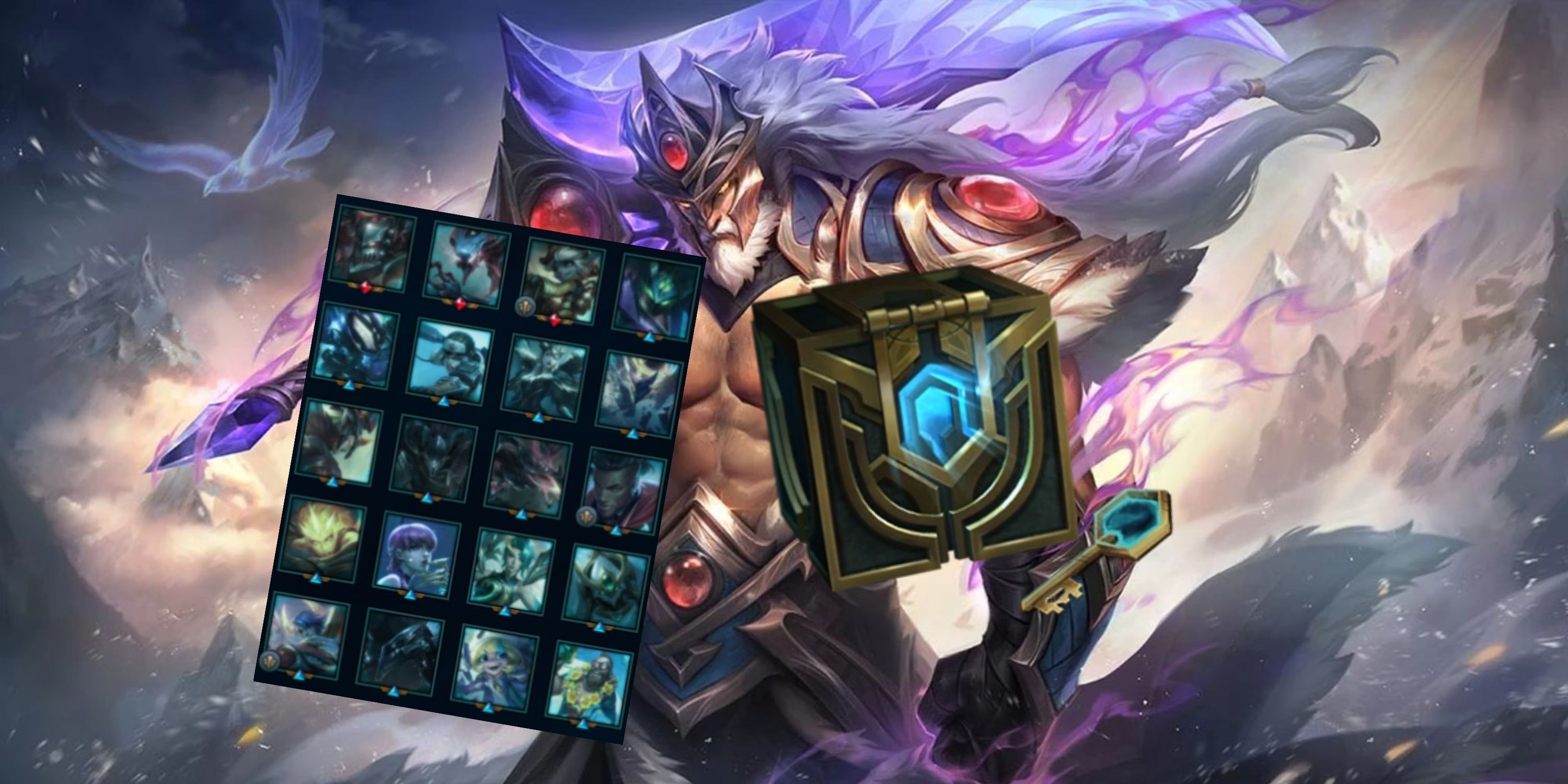
/cdn.vox-cdn.com/uploads/chorus_asset/file/25719336/IMG_1260.jpeg)
